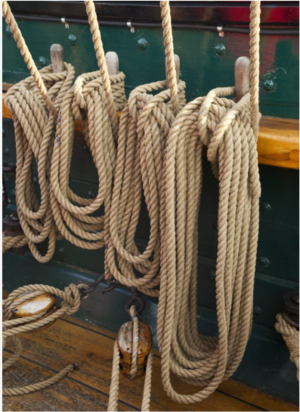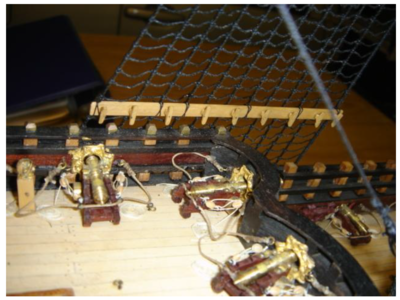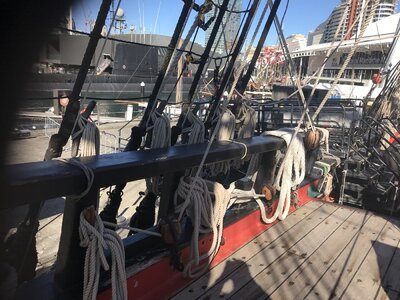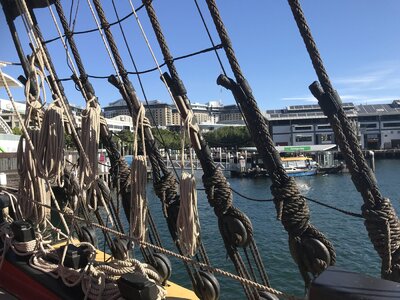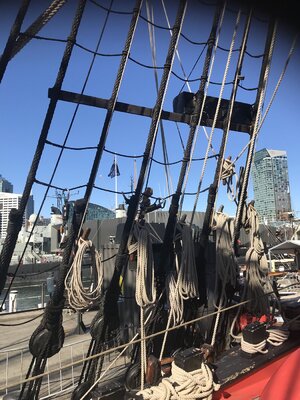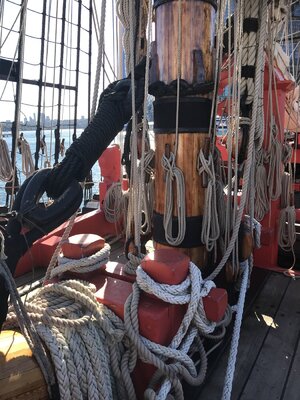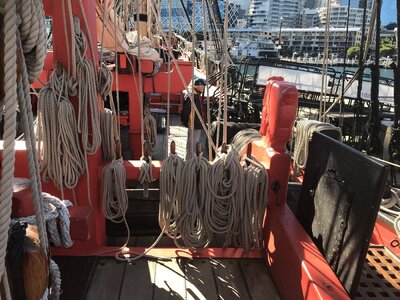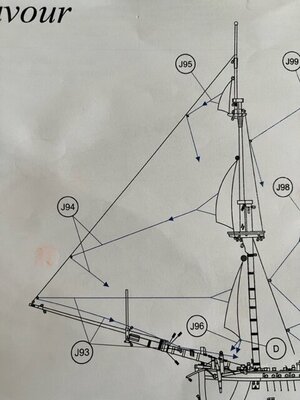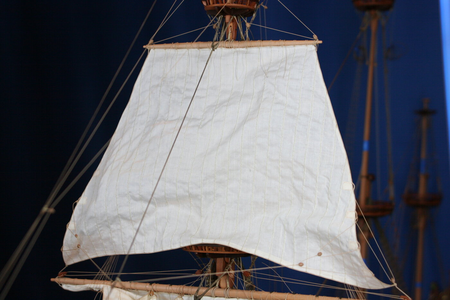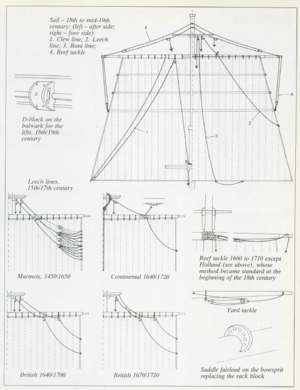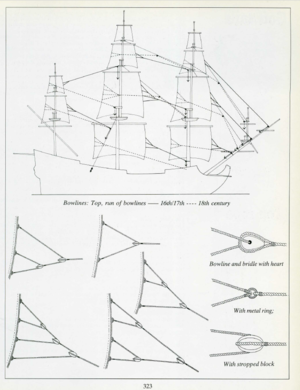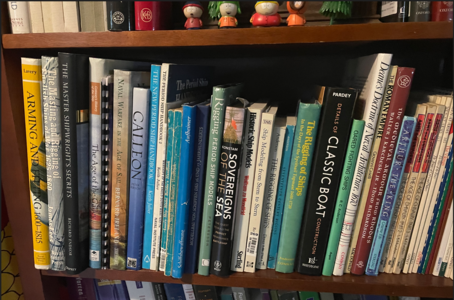- Joined
- Jun 13, 2022
- Messages
- 242
- Points
- 143

Hi fellow model makers
I am hoping someone is able to give advice on a rigging question. I am currently progressing the rigging on my Occre Endeavour build and in the rigging instructions there is a diagram that would appear to show running rigging being tied to the shrouds (see the diagram below). Unless I am misreading the diagram, is this normal practice, and if so how would extra rope have been arranged e.g. coiled, looped somehow or something else. Thanks in advance for all guidance.
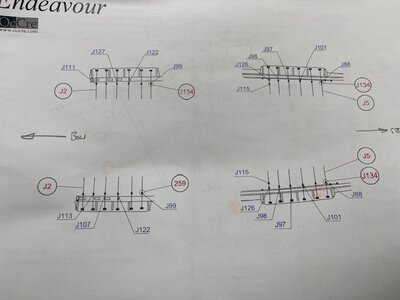
I am hoping someone is able to give advice on a rigging question. I am currently progressing the rigging on my Occre Endeavour build and in the rigging instructions there is a diagram that would appear to show running rigging being tied to the shrouds (see the diagram below). Unless I am misreading the diagram, is this normal practice, and if so how would extra rope have been arranged e.g. coiled, looped somehow or something else. Thanks in advance for all guidance.




